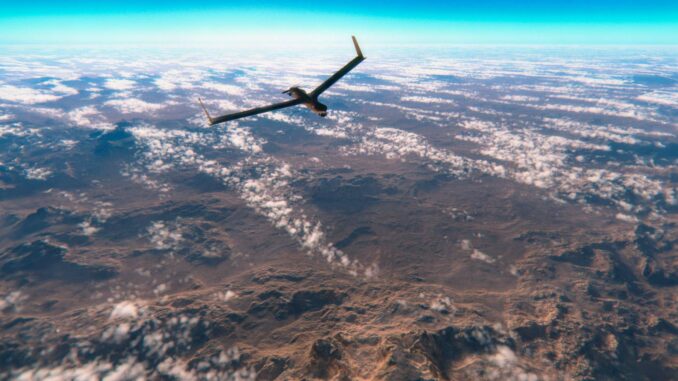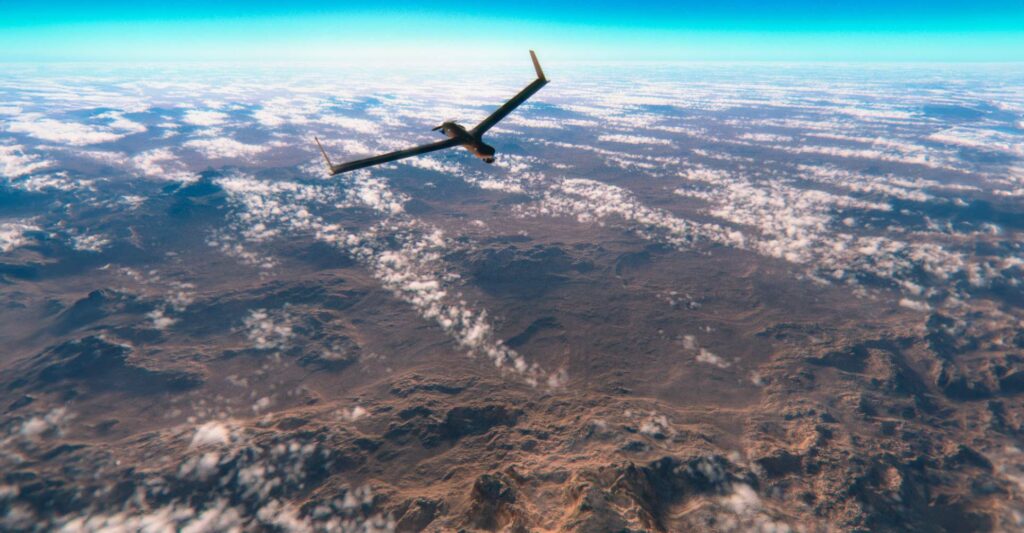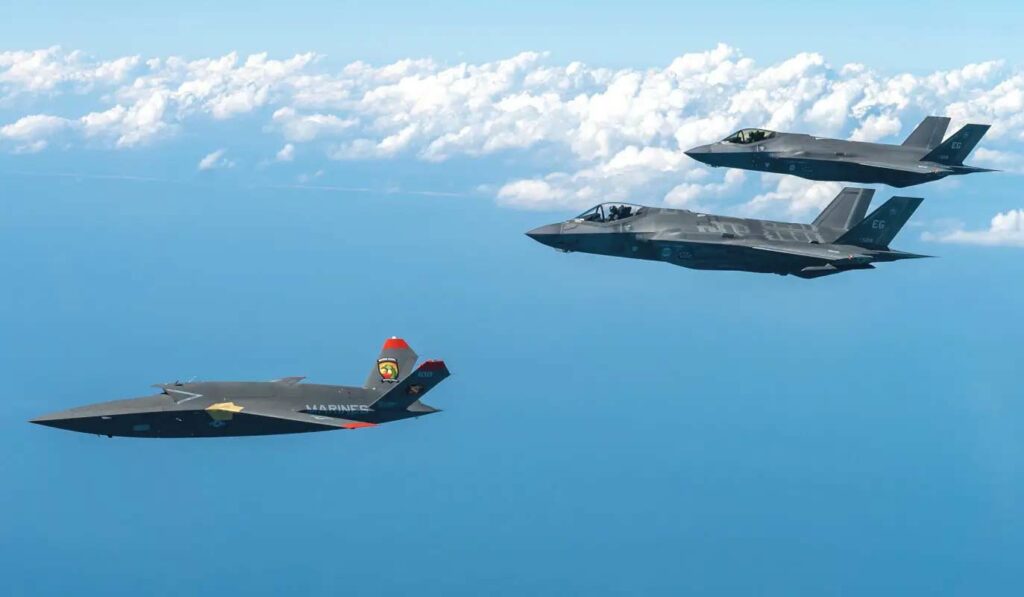
Explore how the Russian invasion of Ukraine catalyzed innovation in anti-drone technologies, highlighting their growing strategic importance on the battlefield.
The Russian invasion of Ukraine marked a turning point in modern warfare, highlighting the crucial importance of anti-drone technologies. These systems have become key elements on the battlefield, reflecting an ongoing technological race between offensive use of drones and defensive strategies to neutralize them. This text details the evolution, challenges and future prospects of anti-drone technologies, focusing on their development accelerated by the Russian-Ukrainian conflict.

The strategic importance of drones and countermeasures
Drones have transformed military tactics, offering remote surveillance, reconnaissance and attack capabilities. However, their proliferation has also led to an urgent need for technologies capable of countering them effectively. In the Russian-Ukrainian context, both sides have deployed drones for various missions, intensifying the demand for innovative anti-drone solutions.
The evolution of anti-drone technologies since 2022
The evolution of anti-drone technologies since the start of the Russian invasion of Ukraine in 2022 highlights a rapid and significant transformation in military defense. The conflict has acted as an intensive gas pedal for innovation and technological development, particularly in the field of drone countermeasure systems.
Accelerating innovation
The war context demanded a rapid and effective response to the extensive use of drones, often accessible and deployable in large numbers. These drones, used for reconnaissance, surveillance and attack, have posed a significant threat, forcing military engineers and strategists to develop sophisticated countermeasures. The need to neutralize these cheap but potentially devastating devices has stimulated an unprecedented wave of technological innovation.
Development of new technologies
Anti-drone technologies have evolved to include a diverse range of systems, each designed to counter different types of drone threat. These systems include:
- Electronic jamming systems: Devices designed to interfere with drone control and navigation signals, rendering them inoperable or diverting them from their flight path.
- Neutralization solutions: Technologies that disable drones via methods such as hacking or cyber attacks, taking control of the aircraft’s systems.
- Directed energy weapons: Use of lasers or microwaves to damage or destroy drones from a distance.
- Physical interceptors: Drones or projectiles designed to capture or destroy enemy drones in flight.
Responses to tactical challenges
Ukraine has illustrated the effectiveness of these technologies by inflicting significant losses on the Russian fleet, notably by using unmanned vehicles to attack ships. These successes demonstrated that well-designed anti-drone solutions could not only protect high-value assets but also inflict considerable damage on the adversary, changing the strategic balance in a conflict.
Growing strategic importance
The importance of anti-drone technologies continues to grow, as they have become essential for national security and battlefield supremacy. Their ongoing development is crucial to anticipating the next evolution of offensive drones, which are becoming increasingly sophisticated, autonomous and difficult to detect.
The diversity of countermeasure approaches
Solutions for countering drones vary widely, from electronic jamming to directed-energy weapons. Technologies need to be tailored to the specifics of the threat, whether it involves individual drones or coordinated groups. Systems like Ukraine’s Brave1 demonstrate the effectiveness of electronic jamming, while devices like L3Harris’ VAMPIRE demonstrate the impact of physical interceptors.
The challenge of cost and effectiveness
A major challenge remains the cost-effectiveness of anti-drone technologies. Solutions must not only be effective, but also economically viable, especially in the face of cheap, mass-produced drones. The high losses caused by low-cost drone attacks underline the importance of affordable and effective anti-drone defense.

Future prospects for anti-drone technologies
The continuous evolution of drones requires constant adaptation and innovation of anti-drone technologies. Investment in this sector is crucial, anticipating rapid market expansion. Future conflicts are likely to be defined by this dynamic between drone attack and drone defense, underlining the strategic importance of these technologies.
The escalation of the Russian-Ukrainian conflict has undoubtedly accelerated the development and implementation of anti-drone technologies. These are now seen as indispensable for battlefield supremacy, sparking a revolution in warfare methods and military strategy. Continued innovation in this field is not only essential for national security, but also defines the new era of military combat, where the sky is as contested as the ground.
War Wings Daily is an independant magazine.